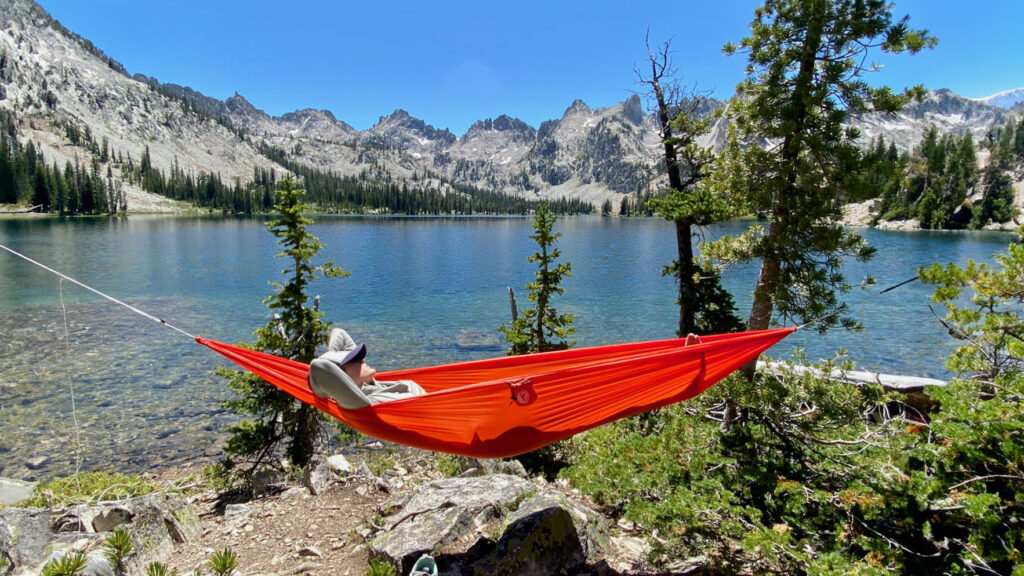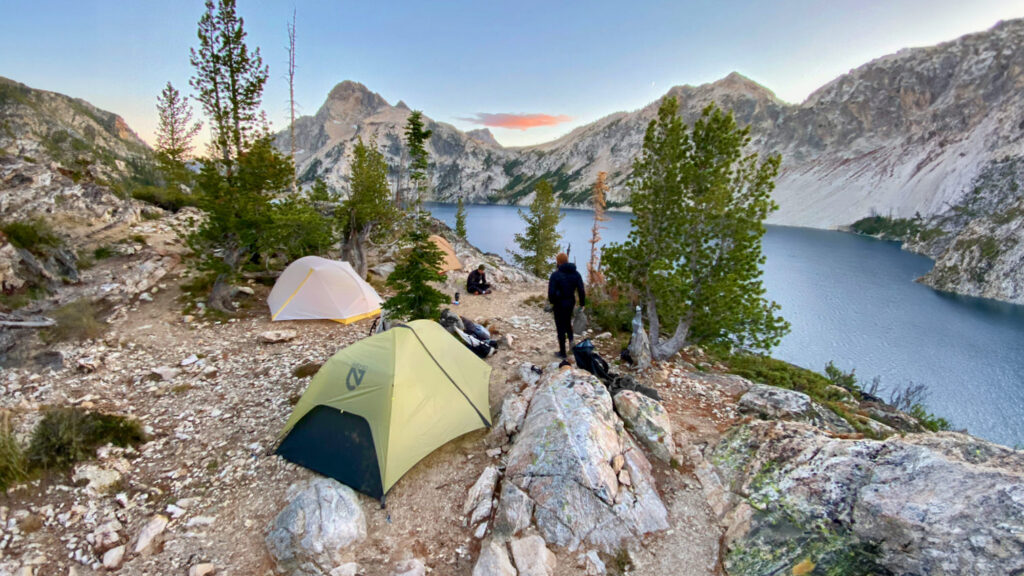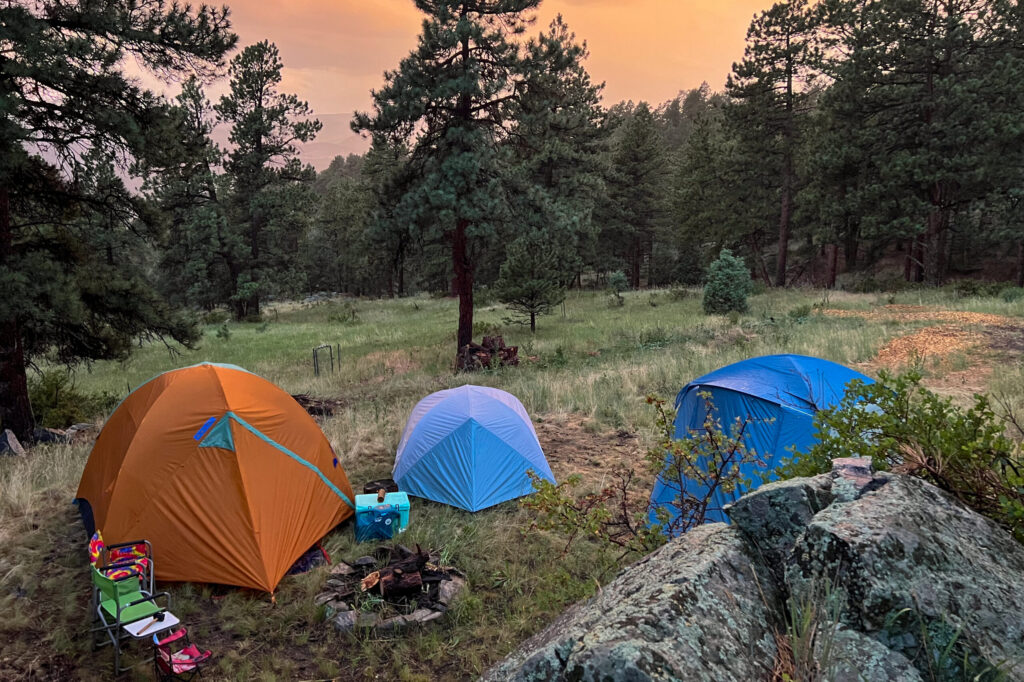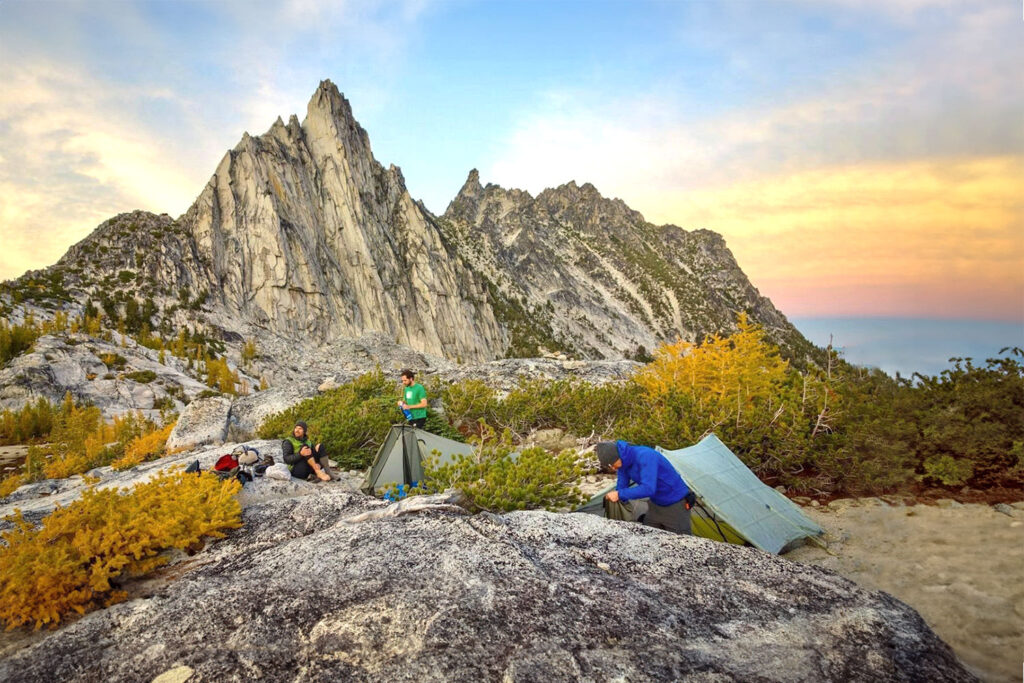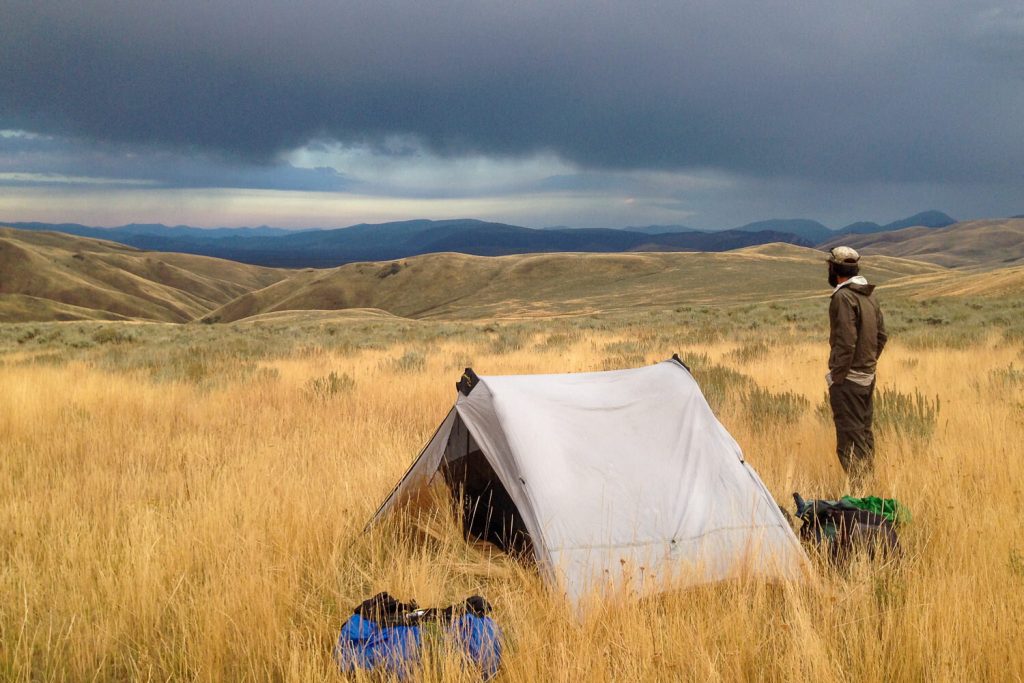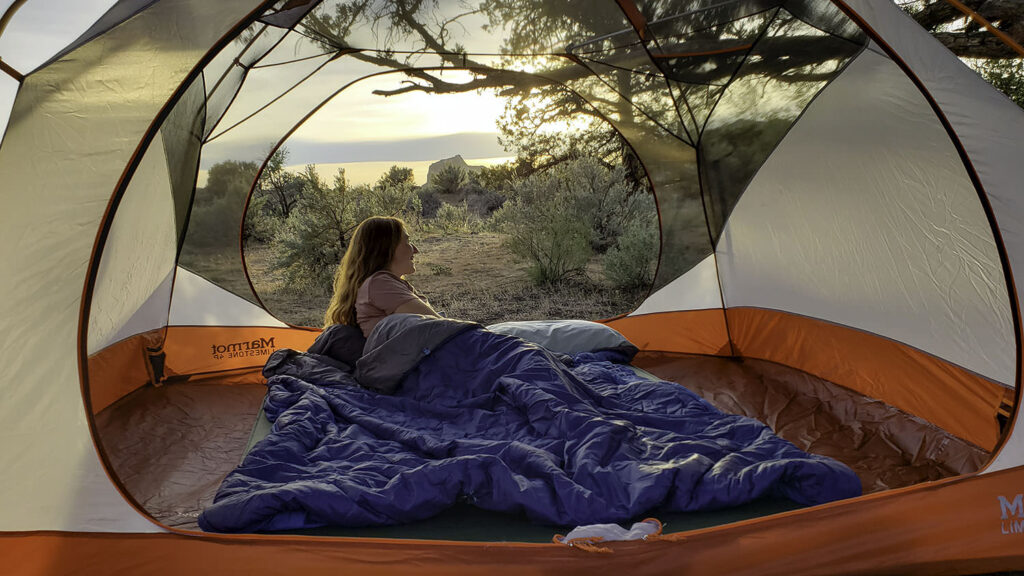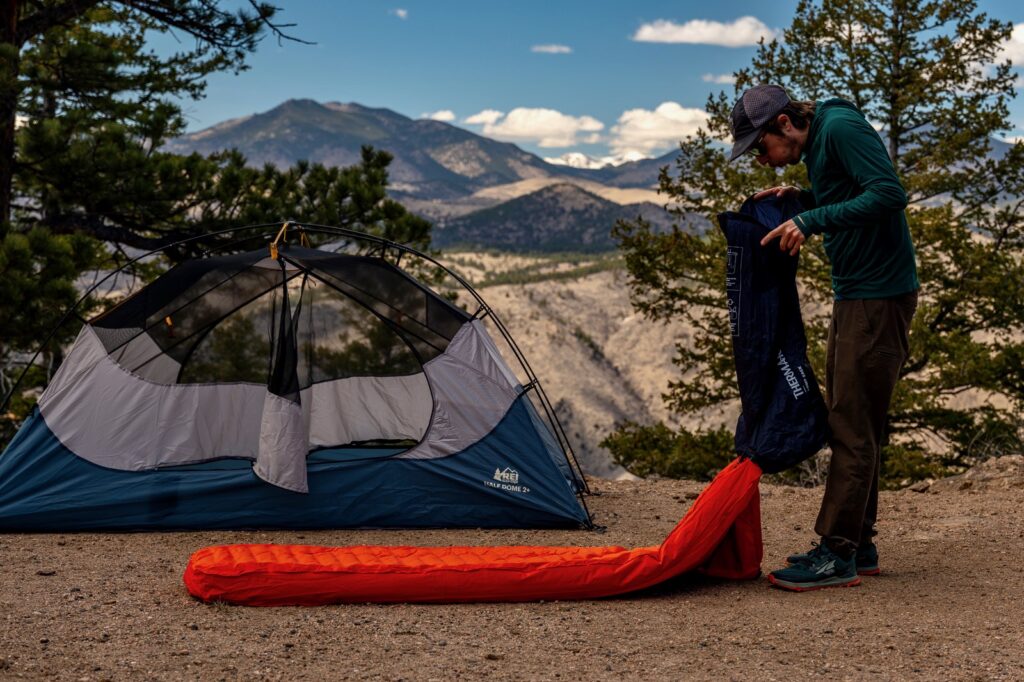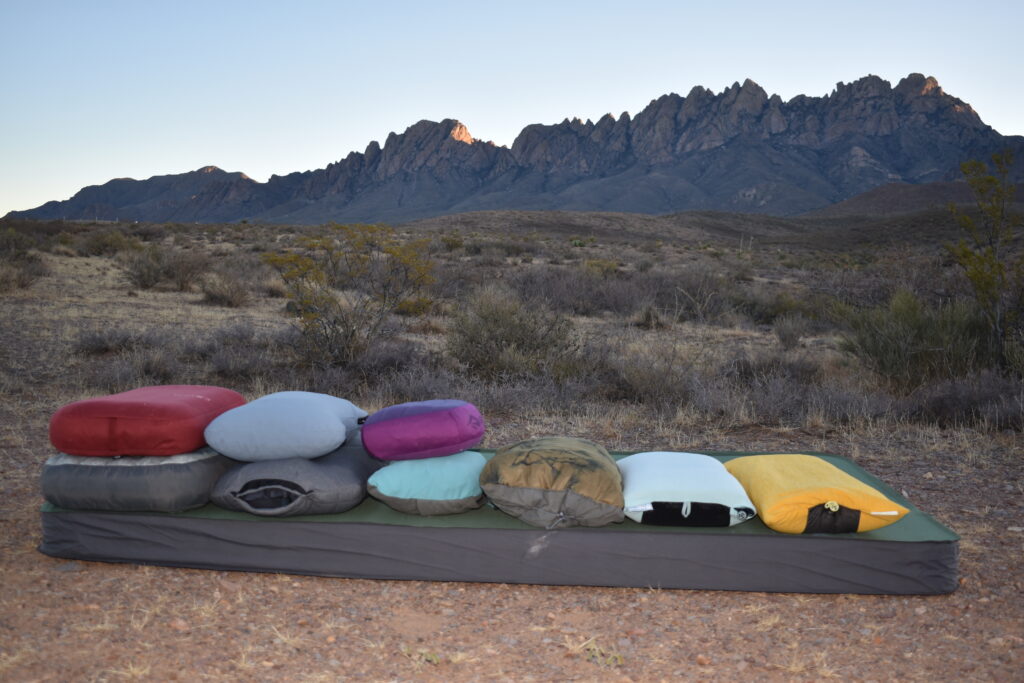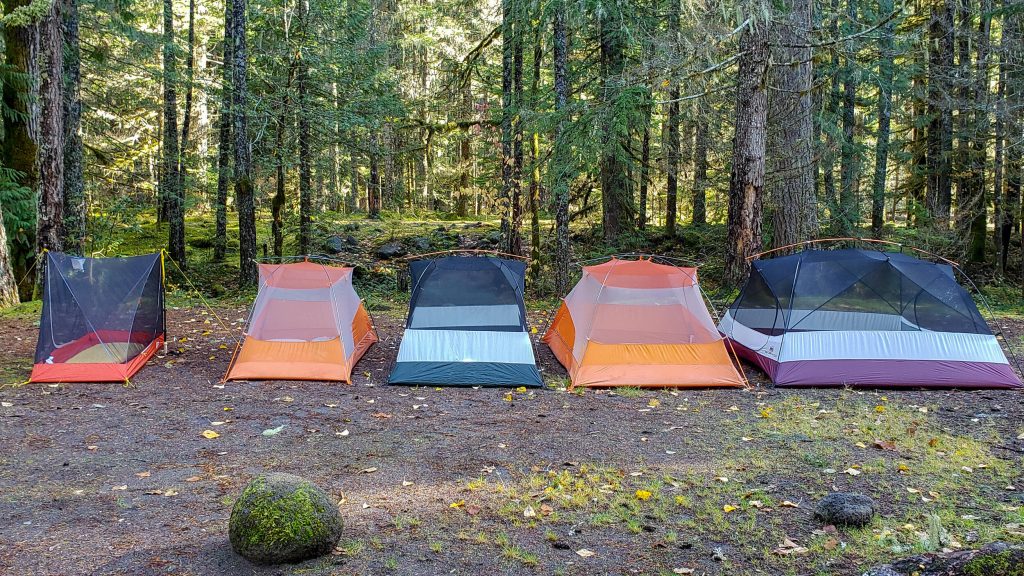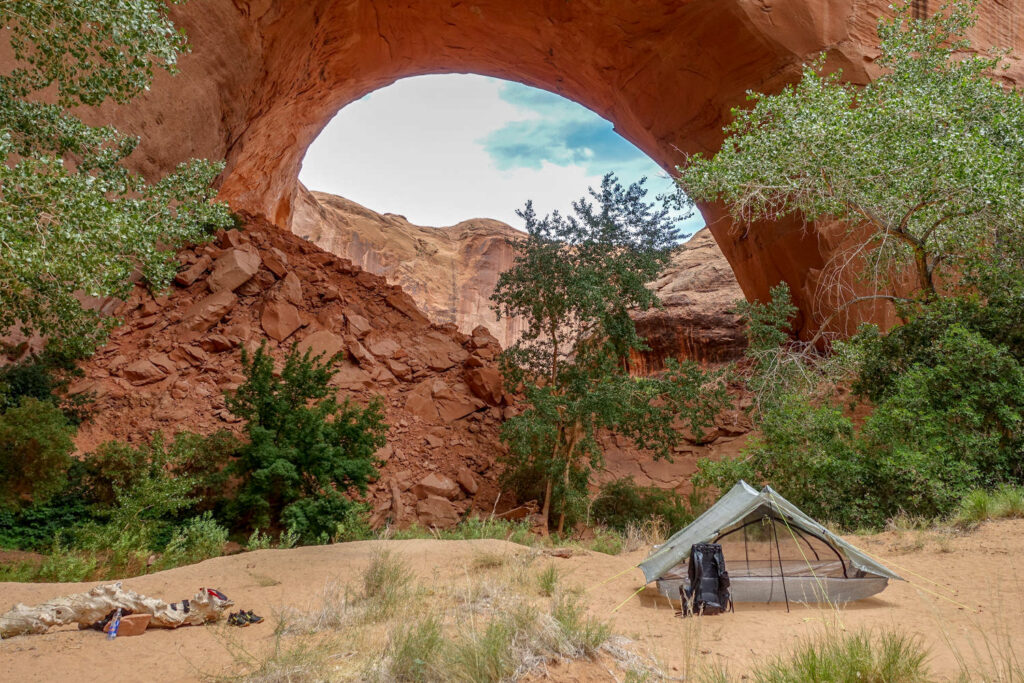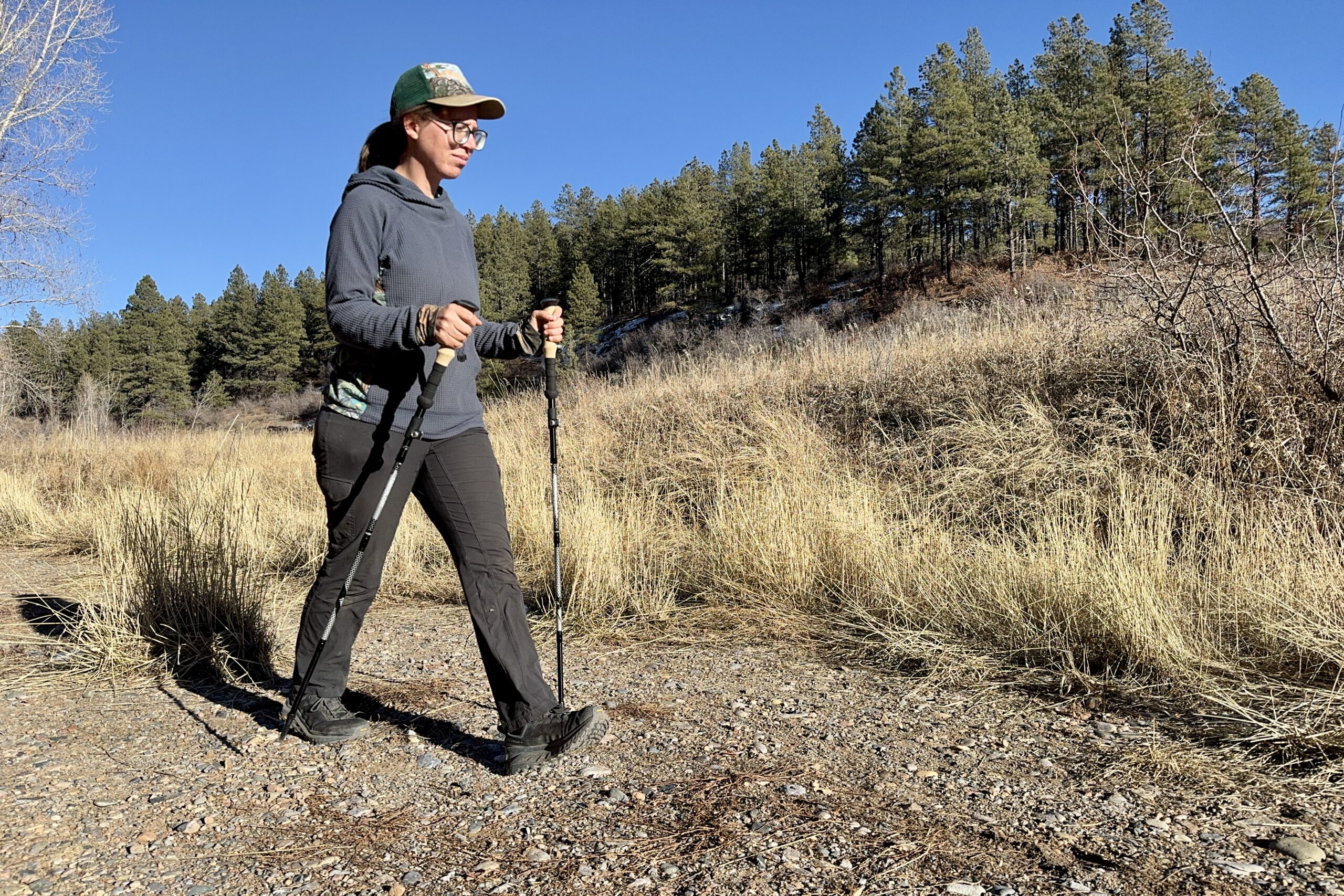
Bottom Line
The Trekology Trek-Z 2.0 trekking poles offer a reasonably well-performing option on our guide to the best trekking poles for individuals new to hiking or those on a tight budget. These poles are incredibly affordable and offer good value for all the features they include.
For example, they go above and beyond by including a winter basket and two different tip covers. For those who travel often, these poles are also remarkably packable. They have one of the shortest lengths when collapsed and include a small velcro wrap to keep the poles condensed.
Unfortunately, they aren’t the most straightforward pole to set up and weigh more than any other trekking pole we tested. However, considering the price, some give and take is to be expected.
While using these poles in the San Juan National Forest in Colorado, we found that they felt heavier than other poles, but they have decent durability for the price point.
Quick Specs
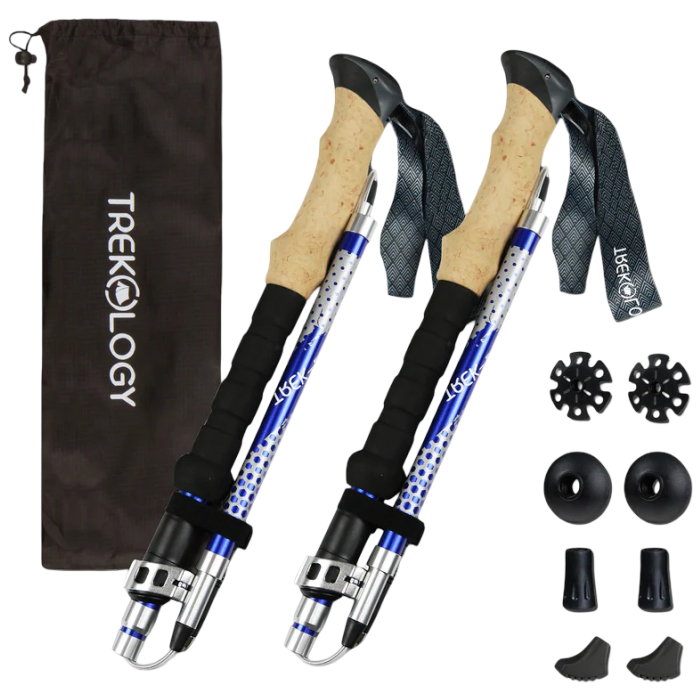
Trekology Trek-Z 2.0
Best Budget Buy
CleverHiker Rating: 4.4/5.0
Price: $56
Weight (Pair): 1 lb. 3 oz.
Shaft Material: Aluminum
Grip Material: Foam
Collapsed Length: 15 in. (sm)
Pros
- Price
- Comes with winter baskets
- Includes two types of tip covers
- Compact when collapsed
Cons
- Heavy
- Not easy to set up
Durability
The Trek-Z poles are cheap but not flimsy. They’re strength makes sense for aluminum poles at a budget price. On local hikes around Durango, Colorado, these poles held up to getting caught in cracks and sudden turns while getting tugged by a leashed dog.
During our throw and drop tests, the Trekology poles were one of the few that did not sustain any cosmetic damage. The bend test was a different matter. After planting one of the poles in the ground and leaning against it, we found it took some effort to bend. However, that was due to the pole’s inability to bend. It felt like the pole would just snap instead.
Because these poles are the most affordable and beginner-friendly, one can excuse this lack of durability compared to more expensive poles. It still isn’t ideal, but on the bright side, if they do break, they won’t break the bank to replace.
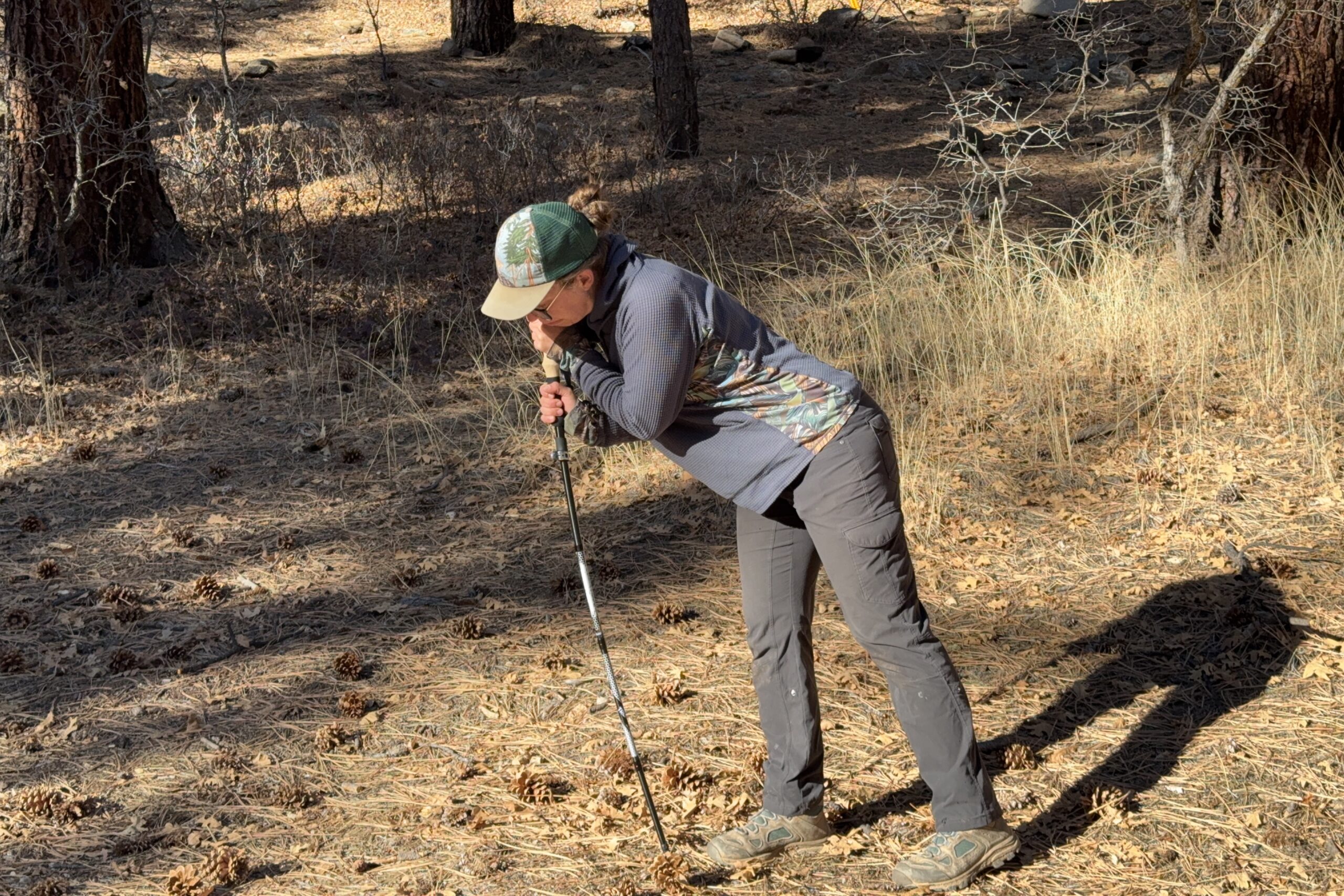
Weight
Like most entry-level budget outdoor gear, they aren’t ultralight. These sticks were the heaviest we tested. When we weighed them, each pole came in at 9.9 ounces, which isn’t that bad, but we know there are lighter and more durable pairs out there.
Their aluminum construction adds to their durability but also adds weight compared to carbon fiber poles. The longer, larger grips and cheaper materials also contribute to the weight. They felt fine using them on day hikes in the San Juan National Forest, but the extra weight will likely be noticeable over longer distances.
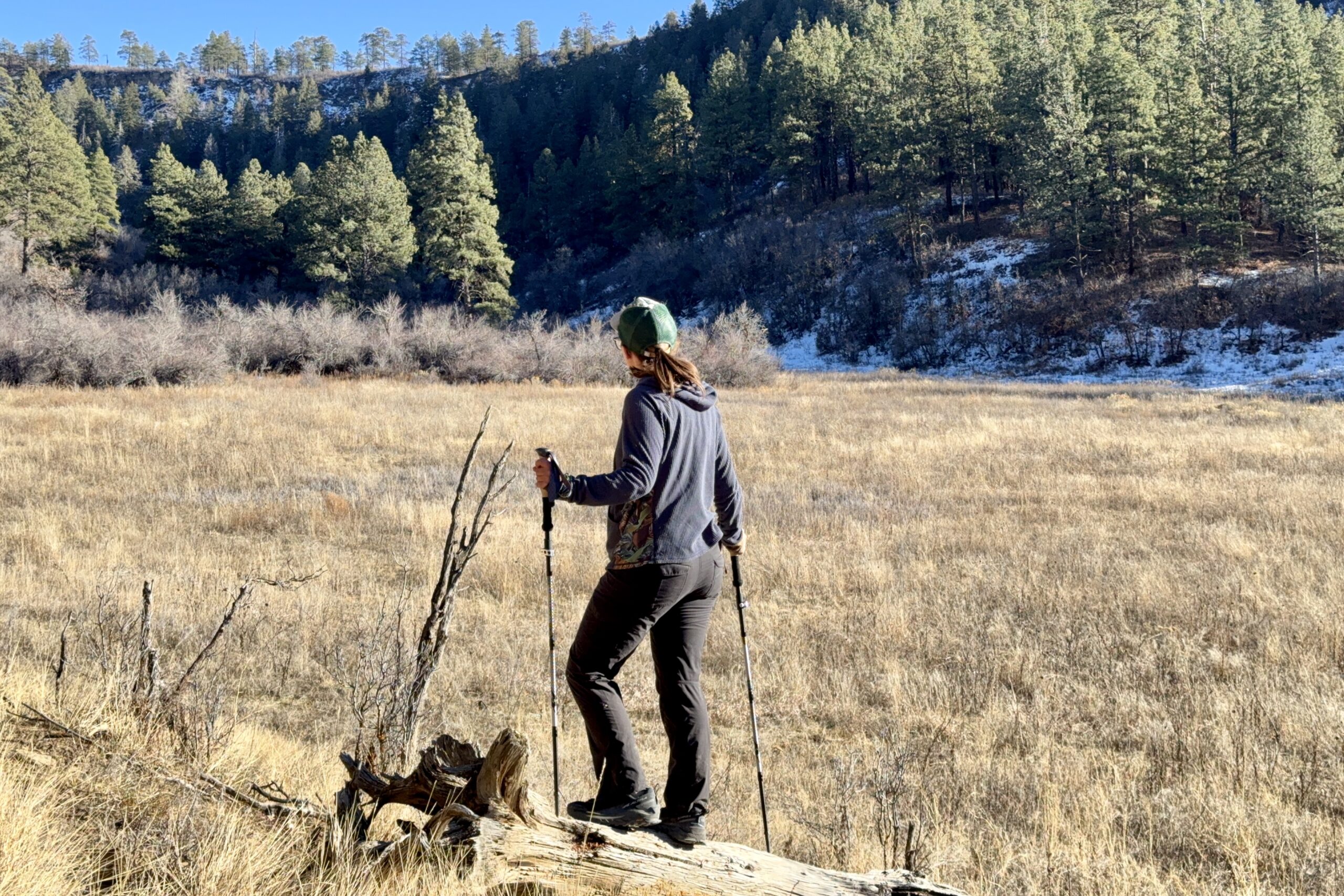
Comfort
There are very few dedicated comfort features found on the Trek-Z poles. We tallied up the different areas of comfort for each model and used the final number to rank the poles. The Trek-Z poles received points for having a good grip diameter and a well-shaped handle. However, the two main features we look at are cork handles and padded wrist straps. These poles do not have either.
The foam handles are squishy, which we like, but sweat does not wick away as well as with cork grips. The wrist straps are just basic webbing without any added fabric or padding. It does not chafe, which is good, but it is not exceptionally comfortable either. The comfort level was good for us while using these on local day hikes, but we don’t reach for these on longer hikes and backpacking trips.
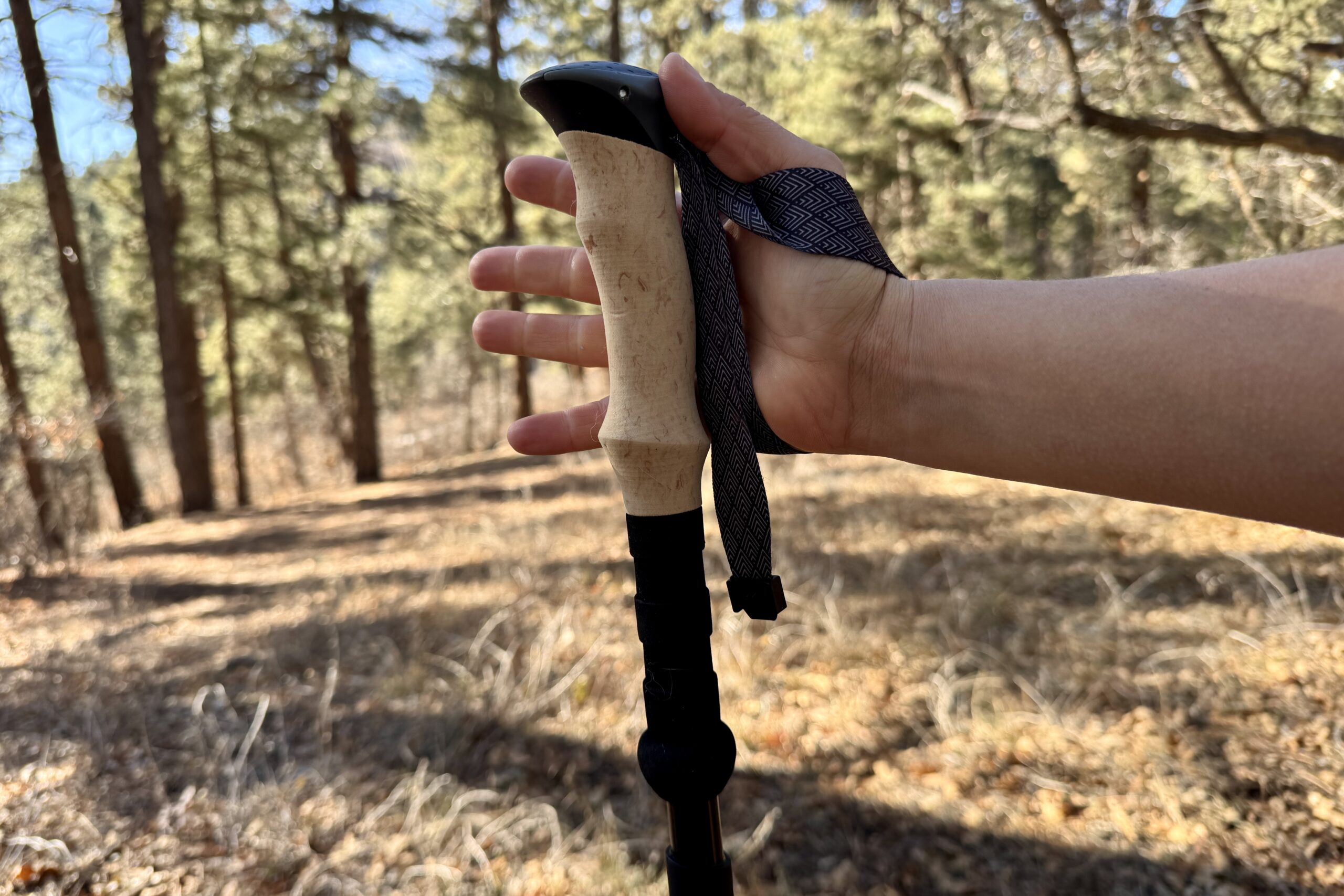
Ease of Use
Setting up the Trek-Z poles takes a long time, primarily due to their design. We timed how long it took to expand each pole to the same height. This data helped us to better compare the poles to each other and rank them. The Trek-Z took us the second longest amount of time.
The ends of the shafts do not fit together very easily unless the inner cable has been pulled tight first. It takes time and coordination to get everything in place and pull on the tensioner. Once the lower shafts have been set, the flick lock can be used to adjust the height.
The flick lock is easy to use and also comes with built-in tension adjusters, which we appreciate. Overall, they just feel cumbersome to put together compared to most of the other trekking poles we tested. If you are on trails where they will be in your hands for the entirety, then this isn’t really a deal-breaker.

Packability
One thing we love about the Trekology Trek-Z poles is how small they pack down. We measured the collapsed length of each pole, then ranked them from shortest to longest. The Trek-Z poles came in at 14.75 inches, or the second most compact model we tested.
When compared to the telescoping poles in our lineup, the difference in length is visually obvious. We found that they are easy to stow away for later use which is great for traveling.
While testing these poles in the San Juan National Forest near Bayfield, Colorado, they easily fit in our day bag when we weren’t using them. The cable connectors ensure that you won’t lose a pole shaft. However, the folding design is a bit more effort to stow away if the included velcro straps are not used to keep the pole shafts from flopping around.
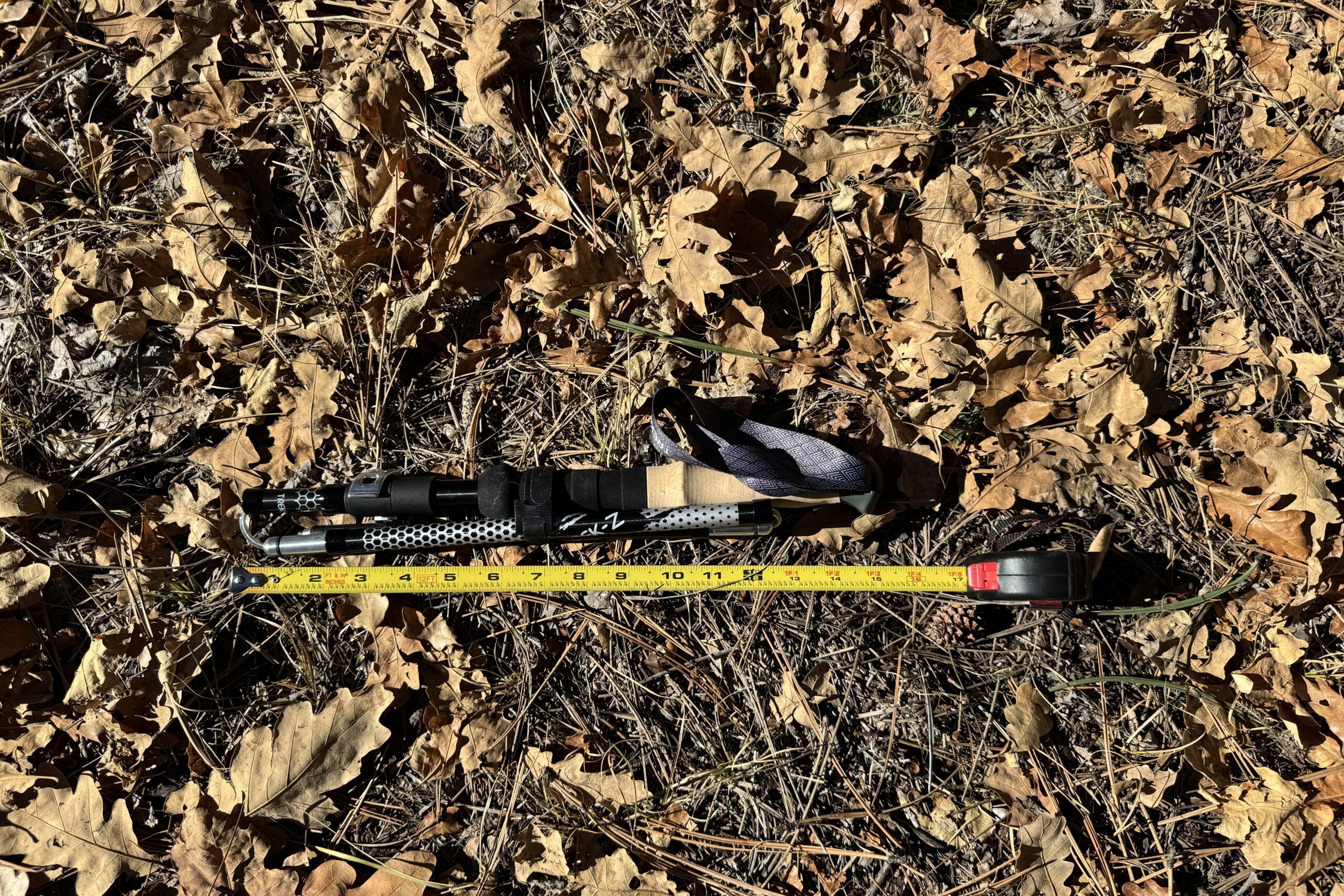
Features
An abundance of features, including baskets, trekking pole tips, and a storage bag, set the Trek-Z apart from its competitors. We tallied up how many extra features or add-ons are included with each pole, then used that number to rank our lineup.
Unlike the minimalistic design of many of the poles we tested, the Trek-Z comes with almost every imaginable add-on. Similar to many other poles, they come with wrist straps and summer baskets. This is the bare minimum that poles should typically include.
They also come with winter baskets and two sets of tip covers. These items increase the versatility of the pole –they can be used for more than just hiking. These poles also include a grip extension for hiking up steep hills and a tension adjuster on the flick lock.
We appreciate that a storage bag is included to store both the poles and all of the add-ons. However, we do wish that these poles were built so that the carbide tips could be replaced when they wear out.
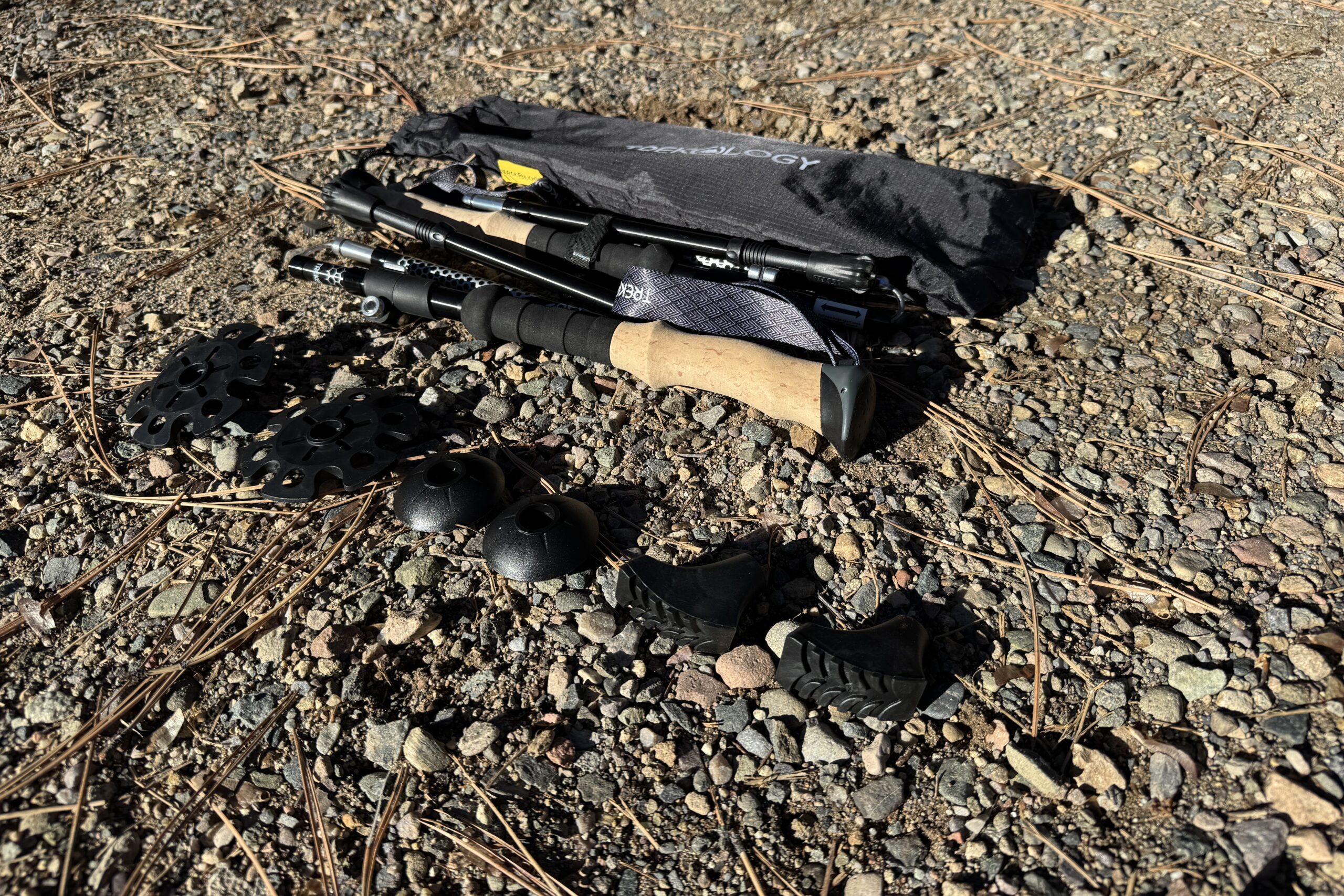
Should You Buy The Trekology Trek-Z 2.0 Trekking Poles?
The Trek-Z trekking pole has many qualities that make it great for beginners, those on a budget, or even the average hiker who is not worried about a high quality performance. Though these poles are the heaviest we tested, this will not matter as much for day hikes of easy to moderate difficulty.
They are burly enough for moderate use and are easy to pack down for traveling. The extra features mean that they will work well in a variety of situations for a wide range of people.
We would not necessarily recommend these for backpackers taking on long distances or thru-hikers. The weight is easy to feel, and there are other options that have a higher level of performance.
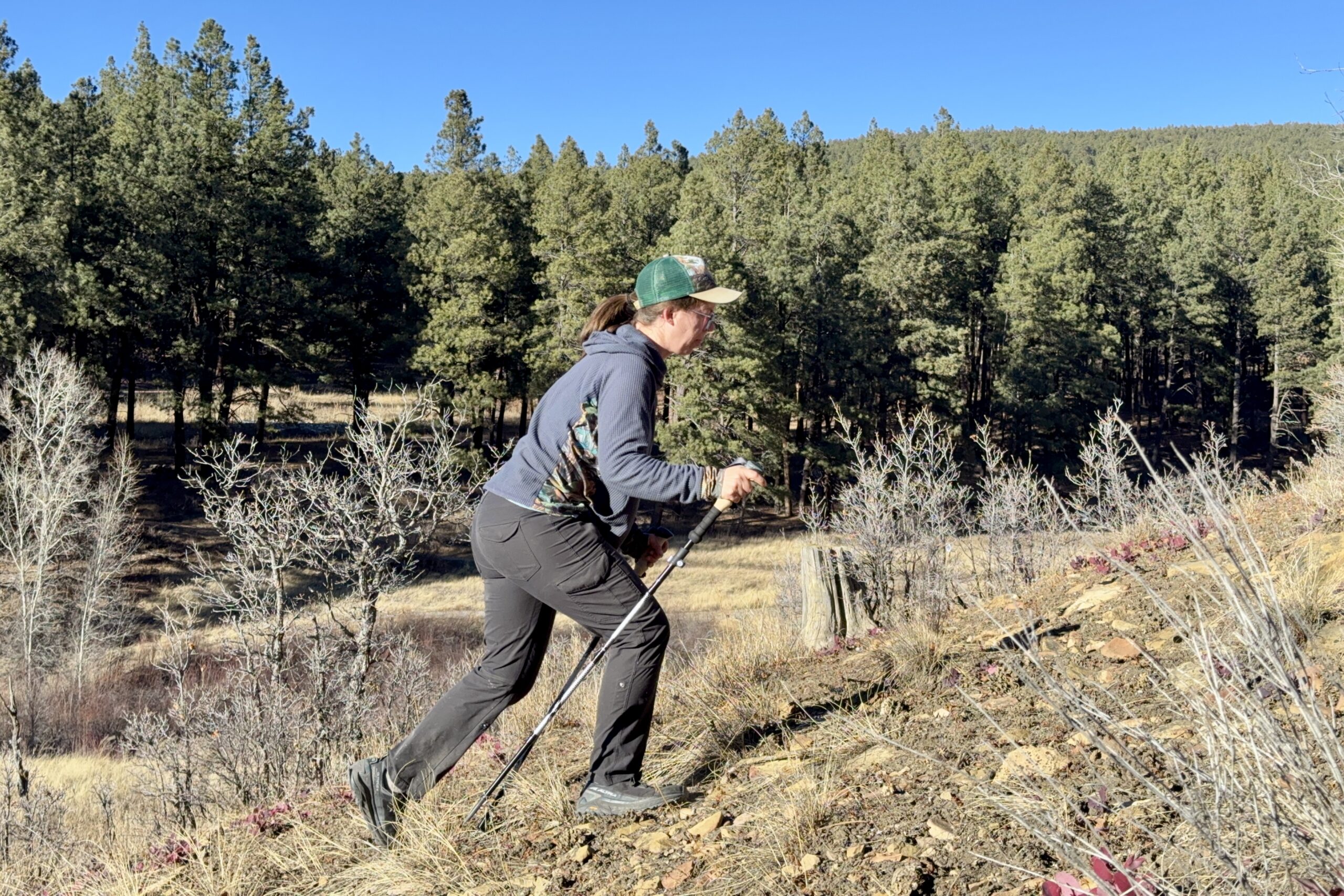
What Other Trekking Poles Should You Consider?
The Trek-Z is just one of a wide variety of trekking poles that we tested. Here are a few other alternatives if you are on the fence.
Black Diamond Trail Back Review: The Trail Back is another great beginner pole for folks on a budget. Like the Trek-Z poles, it has a fairly affordable price tag in exchange for a heavier weight. These poles have incredible durability, which results in good value for the purchase. It doesn’t come with quite as many features, but we still think that it makes a great alternative.
MSR DynaLock Explore Review: Though not quite as affordable as the Trek-Z, the Explore model is still one of the least expensive trekking poles we tested. These poles do not pack down as small as the Trek-Z, but they make up for that by being much easier to use. They are also more durable while maintaining a respectable number of features. Overall, we would recommend the MSR DynaLock Explore trekking poles as a good alternative.
Black Diamond Pursuit Review: We love the Pursuit for how versatile and well-rounded they are. These trekking poles are well-suited for a variety of situations, from backpacking to downhill skiing. They are highly durable, comfortable to use, and have a respectable number of features. While they cost a fair amount more than the Trek-Z poles, they are worth the extra investment for those seeking good value in a long-lasting pole.


